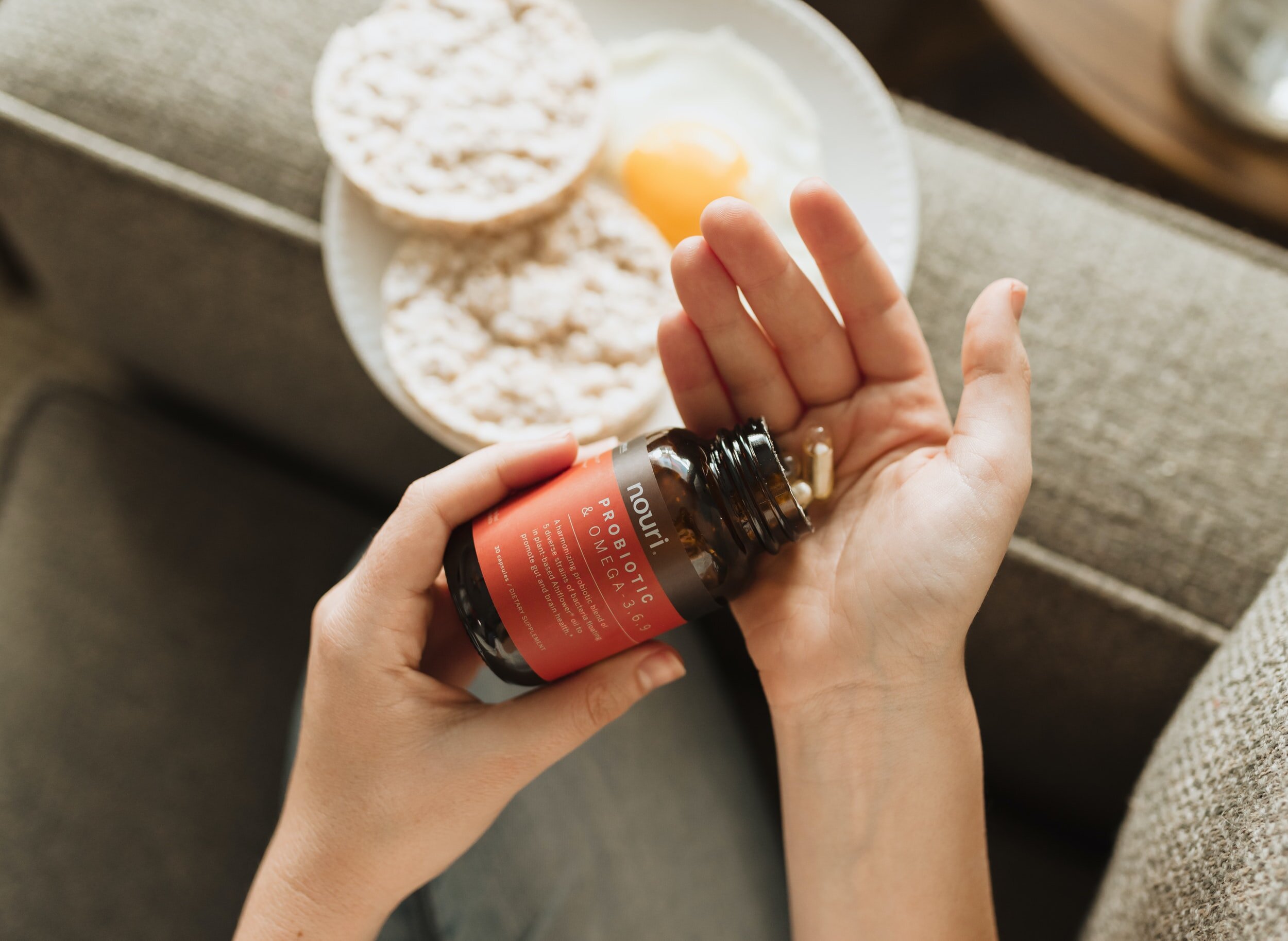Train for Strength Without Injuring Your Joints
Strength training plays an important part in your health and fitness, but you may be concerned about injuring your joints or other body parts. By concentrating on proper technique, you can tone your muscles, enhance your posture, and reduce discomfort and stiffness in your joints. Let’s delve deeper…
Moving around and building up supporting muscles slows down the deterioration of your joints that comes with aging. A sound exercise program may even enable you to postpone or avoid knee surgery and other procedures. Try these guidelines for protecting your joints and staying safe while lifting weights.
Staying Safe While Lifting Weights
1. Warm up and cool down
A warmup gradually revs up your cardiovascular system by raising your body temperature and increasing blood flow to your muscles. Warming up also helps reduce muscle soreness and lessens risk of injury. Cooling down after your workout allows for a gradual recovery of pre-exercise heart rate and blood pressure. Both are essential to a proper workout format.
Start out with gentle movements that raise your body temperature. March in place or lunge to each side. Cool down with easy floor exercises and stretches for your whole body. Make sure you carve out time for both each time you workout.
2. Watch your form
Extend your arms and legs through a full range of motion without locking your knees or elbows to avoid putting too much pressure on your joints.
Keep your back straight and hold your shoulders down, while keeping your core engaged during each lift. This helps to support the spine, prevent injury, and target the correct muscle groups.
Perform each rep in a slow, controlled manner, both during the positive and negative phases of the lift.
Don’t ego lift. It leads to injury eventually…
3. Vary your program
Repetitive motions and imbalances can also strain your joints.
Limit your sets to about 15 reps or less.
Design a program that covers all your muscle groups so your back and chest become equally developed.
By creating variation and changing exercises in your routine, you can create a new stimulus, which creates more progress over time. And if you rotate exercises or activity every so often, your injury risk will decrease.
4. Start off light
Practice exercises with little or no weight at first. Increase the intensity by 10% or less at a time. That could mean doing a couple of extra reps or adding a few pounds.
A greater range of motion means increased flexibility and greater muscle strength. Lighter weights will also allow the targeted muscle to handle the load without needing help from compensatory muscles, ensuring you get the most out of your workout for that particular muscle group.
5. Slow down
Let your muscles do the work instead of allowing momentum to take over. Count to 3 as you raise the weight and as you lower it.
When you slow down and focus on tempo, you will not be able to lift as much weight as you would if you utilized momentum. Strength training at a quicker tempo builds speed, strength and power, but produces less muscle tension overall so your muscle size won’t increase as dramatically. Slowing things down will also reduce the risk of injury and help you recover with ease.
6. Rest and recover
Strength training causes tiny, but harmless, tears in your muscle tissues. Your muscles grow when those tears repair, so give them a break for 24 to 48 hours. You can target other body parts while you wait.
Rest days allow muscles to replenish their glycogen stores, thereby reducing muscle fatigue and preparing the muscles for their next workout. Over-exercising puts repetitive stress and strain on the muscles, increasing the risk of injury. Proper rest and recovery is a NO brainer…
7. Ask for a spot
If you want to handle heavy loads, find a partner who can grab the barbell if you start to falter. Most gym members consider it a common courtesy and are happy to oblige. More importantly, it is always a good idea to hire a Personal Trainer when you aim to make big changes or gains in your workouts. Being educated and safe with a trained spotter while exercising is essential in maximizing effectiveness and reducing risk of injury. Remember, it never pays to ego lift…
8. Breathe deeply
Holding your breath could raise your blood pressure or even lead to fainting and hernias. Instead, exhale while you exert force, and inhale on the less strenuous portion of the exercise. Staying in tune with this type of mindful breathing can even help ensure you’re not lifting weight that’s too heavy for you…which leads to, you guessed it, more injury!
Trish the trainer tips:
Tidy up. Return weights to the rack when you’re done. You’ll be less likely to trip over them, and you’ll do your part to keep the gym looking presentable.
Wear gloves. If you’re susceptible to blisters, try wearing workout gloves. They also help to tighten your grip.
Change your shoes. Shoes give you traction while you’re balancing extra weight. Try on a variety of mid-cut sports shoes to find a style you like. A good rule of thumb is to replace your workout shoes every 6 months.
Ditch the belt. On the other hand, most experts now advise against weight training belts. A firm core provides more reliable support than any accessory you can buy. Schedule some abdominal work for each session, like leg raises and planks.
Consider alternatives to weights. Of course, there is more to strength training than traditional weights. When you’re short on space or equipment, try resistance bands or moves that use your own body weight like chin ups and dips. Pneumatic machines that use air resistance are also a great way to lessen the impact on your joints.
Talk with your doctor. Consulting your doctor is especially important if you’ve been sedentary or have medical conditions such as high blood pressure. Your physician can recommend a program based on your individual history.
Taking sensible precautions will protect your joints from injuries that could interrupt your workouts. A consistent strength training program helps you to shape up your body and perform your daily activities with greater ease. So, get on board with a safe, effective workout game plan! It’s an Optimal YOU move with real gains!











